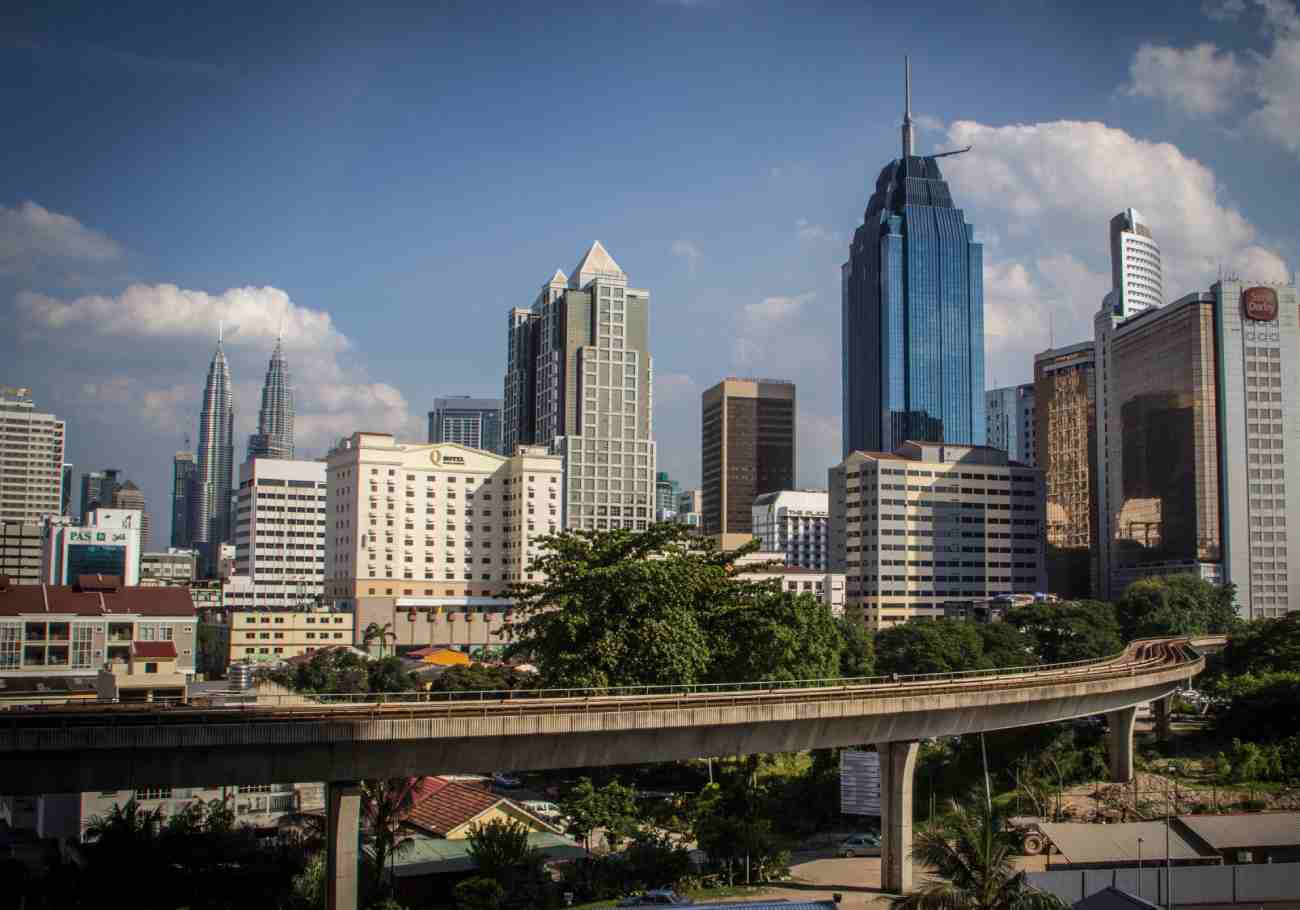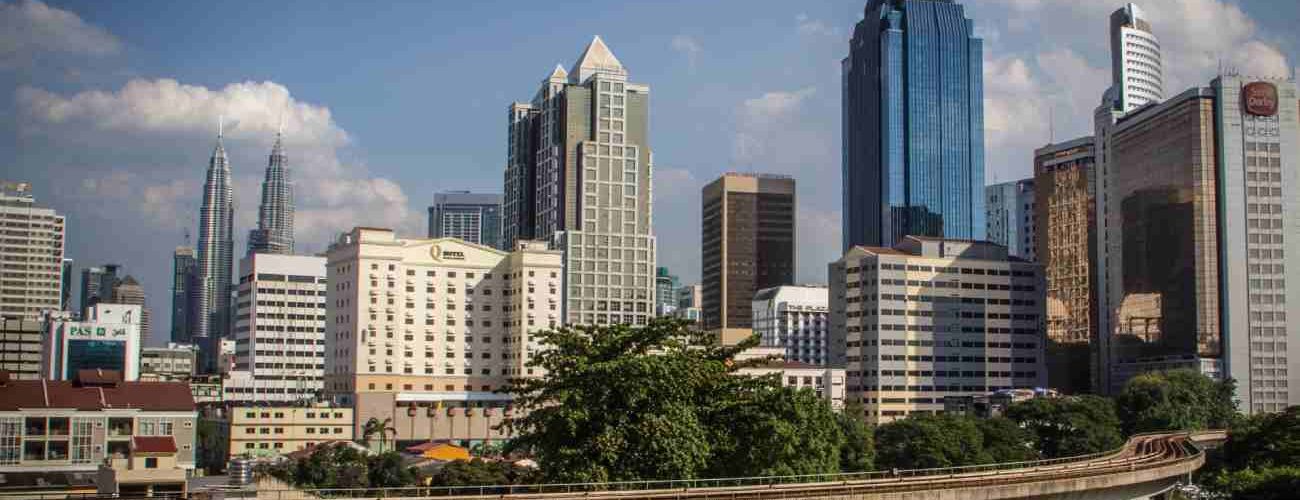
Throughout history, human settlement has taken the form of patterns. As soon as people discovered the advantages of living in groups, our entire premise of being has been to form social connections, which we later termed ‘society’.
We then emerged from the forest and cave to craft our own shelters, marking the beginnings of architecture, and as some would argue, civilisation.
The hierarchy of needs and the rise of cities

Early human settlements were tied to basic needs, as outlined in Abraham Maslow‘s 1943 hierarchy of needs. First came the need for food and water, leading to villages built near rivers, lakes, or fertile land.
Next came safety, which contributed to the development of forts, castles, and walled cities. Only when these survival needs were met could humans move towards fulfilling desires for belonging and self-esteem.
Cities are a clear reflection of humanity’s evolving needs. With the global population becoming majority urban in 20081 and Malaysia’s urbanisation rate exceeding 75% in 20242, cities play a central role in our lives.
However, this urban existence is relatively new for many, with traditions like the ‘balik kampung’ celebrations during holidays highlighting the connection many still feel to their ancestral homes.
Shifting identity and the future of urban memory

As urbanisation reaches its peak and memories of village life fade, the concept of ‘balik kampung’ may gradually lose its significance.
For millennials raised primarily in urban environments, the city itself will become the centre of their historical memory and identity. Schools, landmarks, and neighbourhoods will become the building blocks of their urban experience.
The older buildings within our cities hold immense value. Recognised as invaluable heritage structures, they are increasingly being conserved. This is because architecture serves as a powerful storyteller, offering glimpses into a city’s past, present, and future.
Cities like Istanbul, Paris, London, and New York all showcase how successful urban spaces integrate the past with the present, drawing inspiration and hope for the future.
Examples of heritage conservation in Malaysia

In Malaysia, Melaka’s Dutch Square and Penang’s Cheong Fatt Tze mansion stand as prime examples of successful heritage conservation.
These UNESCO world heritage sites demonstrate how conservation can benefit the local economy, although balancing resident needs with tourism remains an ongoing discussion.
Singapore’s recent redevelopment of its central district around the historic padang highlights the focus on preserving colonial-era buildings, now open to the public as museums.
Heritage buildings and neighbourhoods act as anchors of identity for many cities. In a globalised world with increased remote work opportunities, cities with a captivating built environment become more attractive places to live.
To retain talent, cities must offer residents not just jobs, but a sense of belonging fostered by museums, art galleries, and streetscapes that create a sense of community and even love. There has never been a more critical time to celebrate and preserve our architectural heritage.
Equipping the next generation to be guardians of our built environment, through formal education or professional training, is not about sentimentality.
It’s about offering them the opportunity to build a richer, brighter future. While some may see a generational divide between those focused on the past and those focused on the future, appreciating architectural heritage allows our youth to plant the seeds for a more beautiful future.
- https://news.un.org/en/story/2008/02/250402 ↩︎
- https://www.thestar.com.my/news/nation/2022/12/23/urbanisation-rate-tripled-from-284-to-751-in-last-50-years-census-shows ↩︎
Dr Keith Tan Kay Hin is an Associate Professor at the School of Architecture, Building and Design at the Faculty of Innovation & Technology, Taylor’s University. In addition to many scholarly journal articles, he has authored and edited several books about heritage and architecture in Southeast Asia, and has appeared on radio forums discussing topics related to the built environment.











